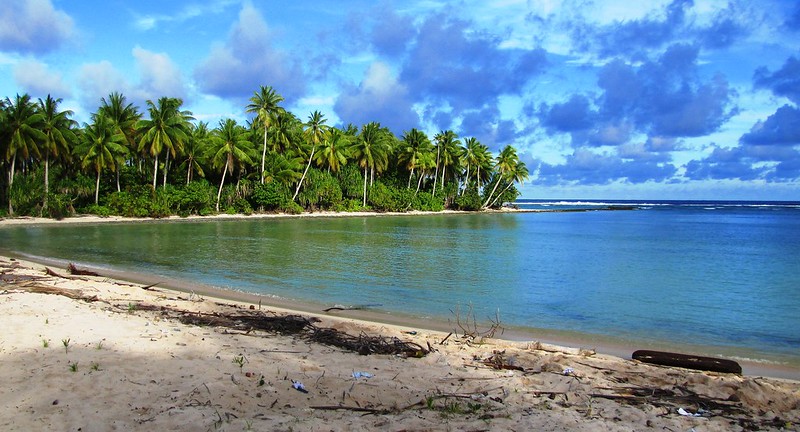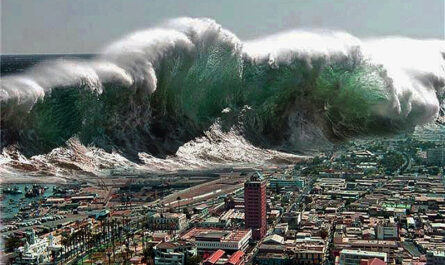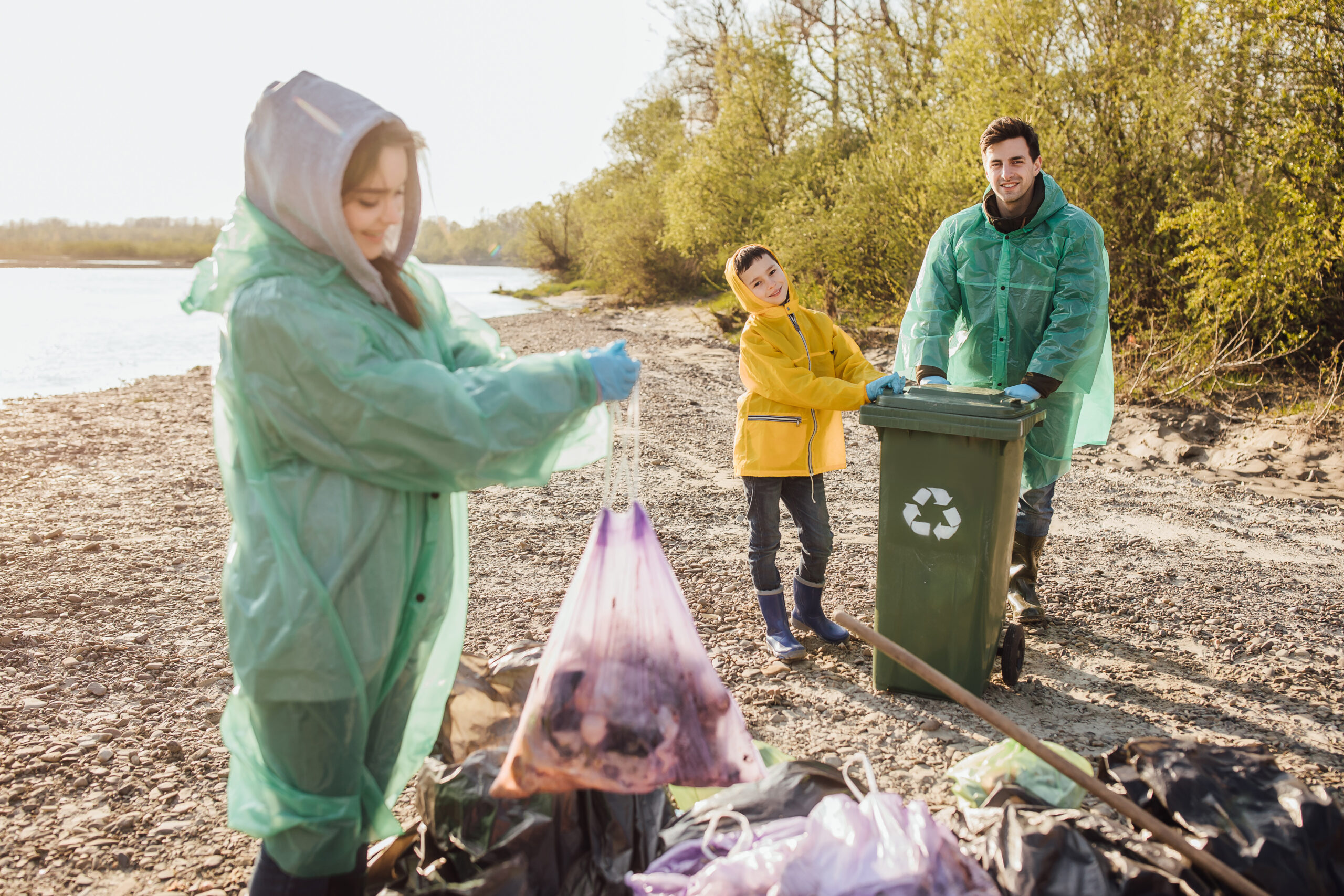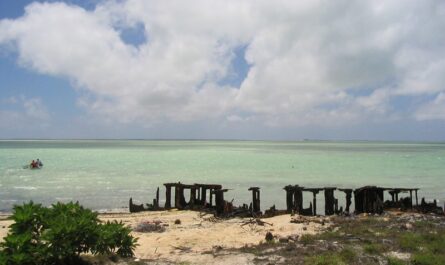The Pacific Island nations are on the frontlines of climate change, facing challenges that threaten their very existence. Rising sea levels, intensifying storms, and coastal erosion have forced these nations to confront the reality of climate migration—the need to relocate entire communities due to environmental changes. This article delves into the strategies Pacific Island nations are employing to prepare for climate migration, focusing on governance, community resilience, international collaboration, and cultural preservation.
1. Understanding Climate Migration in the Pacific
The Causes of Climate Migration
Climate migration refers to the movement of people driven by environmental factors, including:
- Sea Level Rise: Pacific nations like Kiribati and Tuvalu are experiencing rising sea levels that submerge coastlines and contaminate freshwater supplies.
- Extreme Weather Events: Intensified cyclones and hurricanes devastate infrastructure and displace communities.
- Coastal Erosion: Land loss due to wave action and rising seas reduces habitable space.
- Loss of Livelihoods: Climate change impacts fishing and agriculture, two key industries for Pacific Island communities.
The Vulnerable Nations
- Kiribati: Predicted to become uninhabitable by 2050 due to saltwater intrusion and flooding.
- Tuvalu: One of the smallest and most vulnerable nations, where rising seas are eroding its nine coral atolls.
- Fiji: While larger and more elevated, Fiji is home to many low-lying coastal villages at risk.
- Marshall Islands: Facing the dual threats of rising seas and more frequent typhoons.
The Reality of Forced Relocation
Unlike voluntary migration, climate migration often occurs out of necessity, with communities leaving behind ancestral lands and cultural heritage. For Pacific Islanders, whose identities are deeply tied to their land, this presents significant emotional and cultural challenges.
2. Government-Led Strategies for Climate Migration
1. Relocation Plans
Governments are creating comprehensive plans to relocate communities at risk of flooding and other climate-related impacts.
- Fiji: The Fijian government has identified 40 villages for relocation, with the village of Vunidogoloa serving as the first example of planned migration. Residents were moved to higher ground, with new housing and infrastructure.
- Kiribati: The “Migration with Dignity” program encourages skilled migration, allowing citizens to move abroad for better opportunities while maintaining their cultural identity.
2. Land Purchases
Pacific nations are purchasing land in neighboring countries as a contingency for future migration.
- Kiribati: Bought 6,000 acres in Fiji to potentially relocate its population and ensure food security.
- Tuvalu: Exploring options for similar land purchases to safeguard its people.
3. Infrastructure Resilience
Governments are investing in infrastructure to reduce immediate displacement risks:
- Sea Walls and Dikes: Coastal defenses protect vital infrastructure.
- Elevated Housing: Communities are rebuilding homes on stilts to prevent flooding.
3. Strengthening Community Resilience
Community-Led Adaptation
Communities across the Pacific are taking proactive steps to address climate risks:
- Mangrove Reforestation: Planting mangroves along coastlines to prevent erosion and buffer against storm surges.
- Sustainable Agriculture: Shifting to salt-tolerant crops to ensure food security.
- Traditional Knowledge: Combining modern science with indigenous practices, such as traditional weather forecasting.
Education and Awareness
Raising awareness about climate change is empowering communities to take ownership of their future:
- Youth Programs: Schools teach climate science and sustainability, preparing the next generation to lead adaptation efforts.
- Workshops and Training: Community workshops focus on disaster preparedness and resource management.
Strengthening Social Cohesion
Climate migration is not just about physical relocation but also about maintaining strong community ties. Governments and NGOs are working to:
- Ensure Cultural Continuity: Supporting traditional ceremonies and storytelling to preserve cultural identity.
- Facilitate Inclusive Decision-Making: Engaging all members of the community, including women and youth, in climate adaptation planning.
4. International Collaboration and Support
Global Partnerships
Pacific Island nations are leveraging international platforms to advocate for climate action and secure funding:
- United Nations: Pacific leaders have highlighted their plight at the UN General Assembly and COP climate conferences.
- Climate Financing: Nations have secured funding from mechanisms like the Green Climate Fund to support adaptation and migration projects.
Bilateral Agreements
Pacific nations are forming agreements with larger countries to provide pathways for migration:
- New Zealand’s Pacific Access Category: Offers visas to citizens of Kiribati, Tuvalu, and Tonga, facilitating legal migration.
- Australia’s Seasonal Worker Program: Allows Pacific Islanders to work in agriculture, providing economic relief and experience abroad.
NGO and Private Sector Involvement
Non-governmental organizations (NGOs) and private companies are playing critical roles:
- NGOs: Groups like the Pacific Islands Climate Action Network (PICAN) provide technical expertise and advocacy support.
- Private Companies: Investing in renewable energy and sustainable infrastructure projects to reduce climate impacts.
5. Preserving Cultural Identity Amid Migration
Cultural Heritage as a Pillar of Resilience
For Pacific Islanders, land is more than just a physical space—it is integral to their identity. Relocation efforts must address the cultural dimensions of migration:
- Cultural Documentation: Efforts are underway to record traditional knowledge, songs, and stories for future generations.
- Sacred Sites: Relocating or commemorating important cultural landmarks ensures that traditions are not lost.
Diaspora Engagement
The Pacific diaspora is growing as more citizens migrate for education, work, or safety. Governments are working to:
- Build Diaspora Communities: Encourage cultural organizations abroad to maintain connections to homeland traditions.
- Utilize Remittances: Remittances from abroad play a vital role in supporting families and communities in affected areas.
6. The Role of Technology and Innovation
Predictive Modeling
Advanced technologies are helping Pacific nations prepare for climate migration:
- Sea-Level Monitoring: Satellites and AI predict changes in sea levels, enabling proactive planning.
- Mapping Vulnerabilities: GIS tools identify high-risk areas for targeted interventions.
Renewable Energy
Transitioning to renewable energy reduces reliance on imported fuels and mitigates climate impacts:
- Solar Farms: Pacific nations like Tonga and Samoa are investing in large-scale solar projects.
- Wave Energy: Innovative wave energy converters harness the power of the ocean to generate electricity.
Smart Infrastructure
Technological innovations are being integrated into relocation efforts:
- Smart Villages: Use of solar-powered lighting, rainwater harvesting, and energy-efficient housing designs.
- Communication Systems: Early warning systems for cyclones and tsunamis improve disaster response.
Conclusion
The Pacific Island nations are demonstrating resilience, innovation, and determination in the face of climate migration. From government-led relocation plans and community-driven adaptation efforts to international advocacy and technological advancements, these nations are forging a path that balances the need for survival with the preservation of cultural heritage. Their experiences offer valuable lessons for the global community as we collectively confront the challenges of a changing climate. The story of Pacific Island nations is one of hope, ingenuity, and an unyielding commitment to protecting their people and traditions for generations to come.



